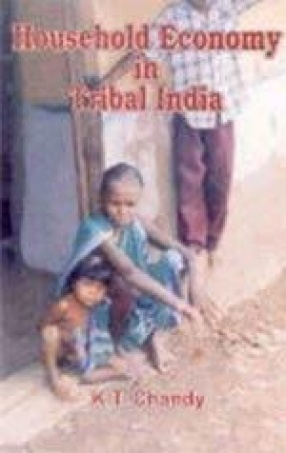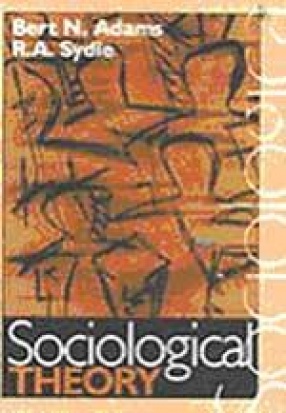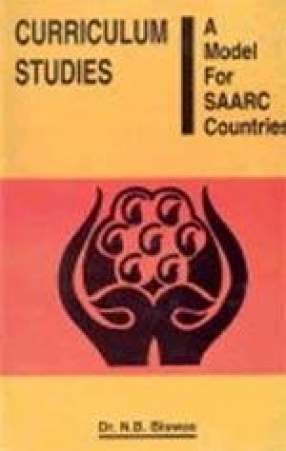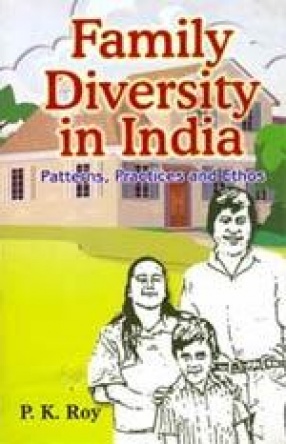The year 2003 marks the end of the international decade of the indigenous people. Therefore it is fitting to look into the sustainability of the indigenous tribal economy which is the ultimate basis for the survival of much spoken tribal cultural heritage. Hence this study on the income, expenditure, saving and investment pattern of tribal households was conducted. Traditional forms agriculture, animal husbandry and collection of forest products have been the main source of income for the tribal people all over India. In the olden times for a care-free nomadic life the meager income from these sources was enough. But at present as the present study proved they are unable to survive on these sources of income. The average tribal households in India has only one-fourth the life of an average Indian household which itself is having only one-fourth the life of an average household in a developed country. In general we can say that the life of tribal people oscillates between survival and starvation death. Under such situation no sustainability of tribal culture will be possible let alone their social and political development. The world is fast changing and the indigenous people have to strengthen their life and economy before they think of fostering their culture. This is a challenge more to the indigenous people themselves than to their sympathizers.
Household Economy in Tribal India
In stock
Free & Quick Delivery Worldwide
reviews
Bibliographic information
Title
Household Economy in Tribal India
Author
Edition
1st ed.
Publisher
ISBN
8176580295
Length
xiv+242p., Tables; Illustrations.
Subjects





There are no reviews yet.